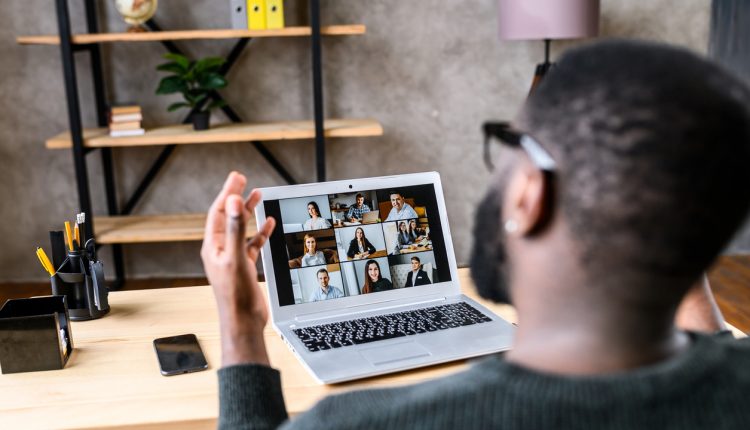William Poole-Nelson, founder and managing director at WILL+Partners, explains how the pandemic helped establish greater “teamship” in the legal sector.
Much like other sectors, the role of the legal office and what it offers has changed. Throw in the issues of complex cases, the handling of highly sensitive information, and court case rehearsals, then you have a myriad of factors that make it difficult to please everyone, clients to boot.
The recent State of the Legal Market 2021 report from Thomson Reuters revealed that lawyers have enjoyed less commuting and the work-life balance that home working has provided them. Even before the current crisis, there was a sense that lawyers coveted solutions to combat the job’s long hours and demands.
Widespread change is no easy task, particularly when you’re dealing with a sector that, historically, has been somewhat traditional. Young lawyers now entering the industry have more clout in the decision-making process when it comes to where to conduct their work. Something they probably didn’t anticipate when studying at the Bar. They have largely proven they can work effectively remotely but still want to collaborate at an office workplace and are now playing a game of tug of war with those in more senior roles who are finding that old five days a week habits are hard to break.
So where does the design of the legal office go from here?
The future of workplace design in law firms is about understanding the AI and technology changes versus the Human Experience needs, that we have faced as a society over the past two years, making office-based activities as seamless as possible, finding creative solutions to address occupancy issues, and building, what I like to call, ‘teamship’ throughout the firm. At Will+Partners, we are seeing an increasing demand for lawyers to be working in teams, and a driving need for them to collaborate and work in the physical. Our designs have had to reflect that.
We have also seen a shift in the hierarchy of how they work. It’s brought individuals together whose paths may not have even crossed in the office before, let alone share a room. The doers, makers, and getters are now all in one space aiding productivity and driving efficiency. This creates complex needs for quiet spaces and changed behaviours.
Addressing hierarchy is about good leadership, and leadership is about good collaboration, storytelling, and ‘teamship’. From our experience with law firms, the employees who want to get back to the office are the associates, along with PAs and other support services. The senior partners are also back, but the middle tier is struggling with their ‘return to work’ decisions.
Law firms have adapted well to address the ever-changing needs of their workforce, and their clients. But with the conversation only just starting about how to best address hybrid working, more work and change is yet to come.
The practices we have been working with have found solutions that incorporate the best of the pre-Covid way of working and the benefits of working from home into the office. This offers a form of agile working which is fundamental to attracting and retaining talent – a pivotal point given the well-publicised ‘Great Resignation’. If a law firm can’t offer an individual what they want when it comes to working arrangements, then a competitor down the road just might.
Let’s talk design
The suggestion isn’t that all offices must go open-plan or lose their offices. However, for law firms, it is a discussion worth having.
One thing we are seeing is that some firms have used the past 18 months to review their arrangements to create specific rooms for specific teams such as auditing, advisory, and planning – areas where teams work together. Spaces have also been tailored for sector-specific teams to create inspiration, such as pharmaceuticals, insurance, and sports law. Even before the pandemic, we saw firms working towards the idea of placing their partners and associates in the same room to collaborate and share ideas. The pandemic has just accelerated that experiment.
Quiet areas also matter, and this could be in the form of furniture pods which are growing in popularity across the sector. Law firms have, quite rightly, started to challenge the effectiveness of the traditional interior design grid. Some have even started to work towards something called an ‘open meeting office’. This is an office without a door or entrance and has an open front with a ceiling that has an acoustic baffle. This means people in that area only hear others if they walk past. Floors remain private because you’ll only overhear the conversations of people in your own zone.
There is no one size-fits-all approach. Law firms will be meddling with their workplace design for some time to find what truly works for them and their workforce. But you can’t please everyone. The changing of the workplace should be done sensitively and with input from each employee to tick as many boxes as possible. A shift in thinking and a new approach to space and talent are required for the legal workplace to remain nimble and respond to an unpredictable future.




